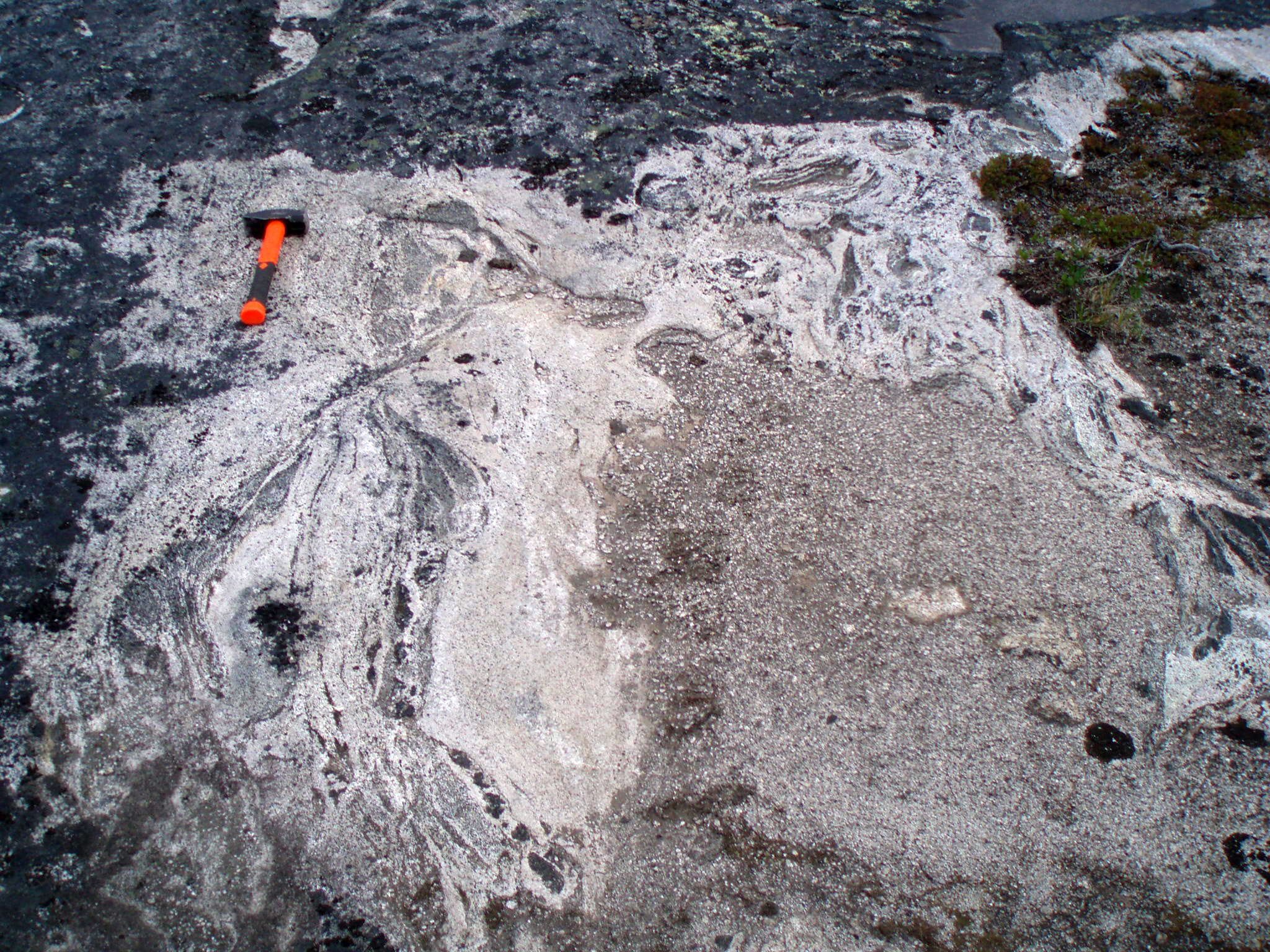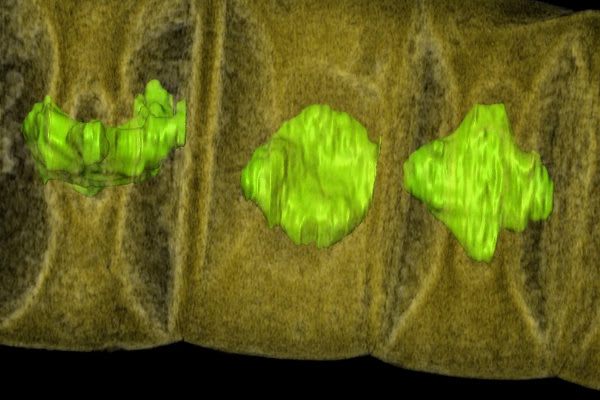Found: Rocks Formed From Earth’s Earliest Crust
Life on Earth is tough, even for rocks.

For rocks, time on Earth can be rough. Over billions of years, they might be crushed, eroded, melted, and transformed from what they once were. A rock might have started out as a piece of the planet’s original crust, but 4.3 billion years later, it’s been so changed that no one would know. Aging hurts.
But two scientists believe they have found a piece of rock that includes components of the Earth’s original crust, as they report in Science. It’s the most direct evidence ever found of how the crust on this planet was composed when it first formed.
The scientist, Jonathan O’Neil and Richard W. Carlson found the rock in question in Canada, on the eastern shores of the Hudson Bay. Parts of the rock, a granite, are 2.7 billion years old—relatively young, as ancient rocks go. O’Neil and Carlson used a cutting-edge technique, though, to track the decay of samarium-146, an element present only in the early days of the planet, into neodymium isotopes. The neodymium signature of the rocks suggests that the granite was formed directly from the Earth’s original crust.
What that means is that this section of the original crust, likely a type of basalt, hung out for 1.3 billion years unchanged, before a melting event turned it into granite. That has implications for scientists’ understanding of the development of plate tectonics: if the crust could spend 1.3 billion years in tact, there might not have been much movement of the newly birthed crust.
The challenge now is to find more instances of this same signature—places where the Earth’s crust has only gone through limited transformation from its very first state.



















Follow us on Twitter to get the latest on the world's hidden wonders.
Like us on Facebook to get the latest on the world's hidden wonders.
Follow us on Twitter Like us on Facebook